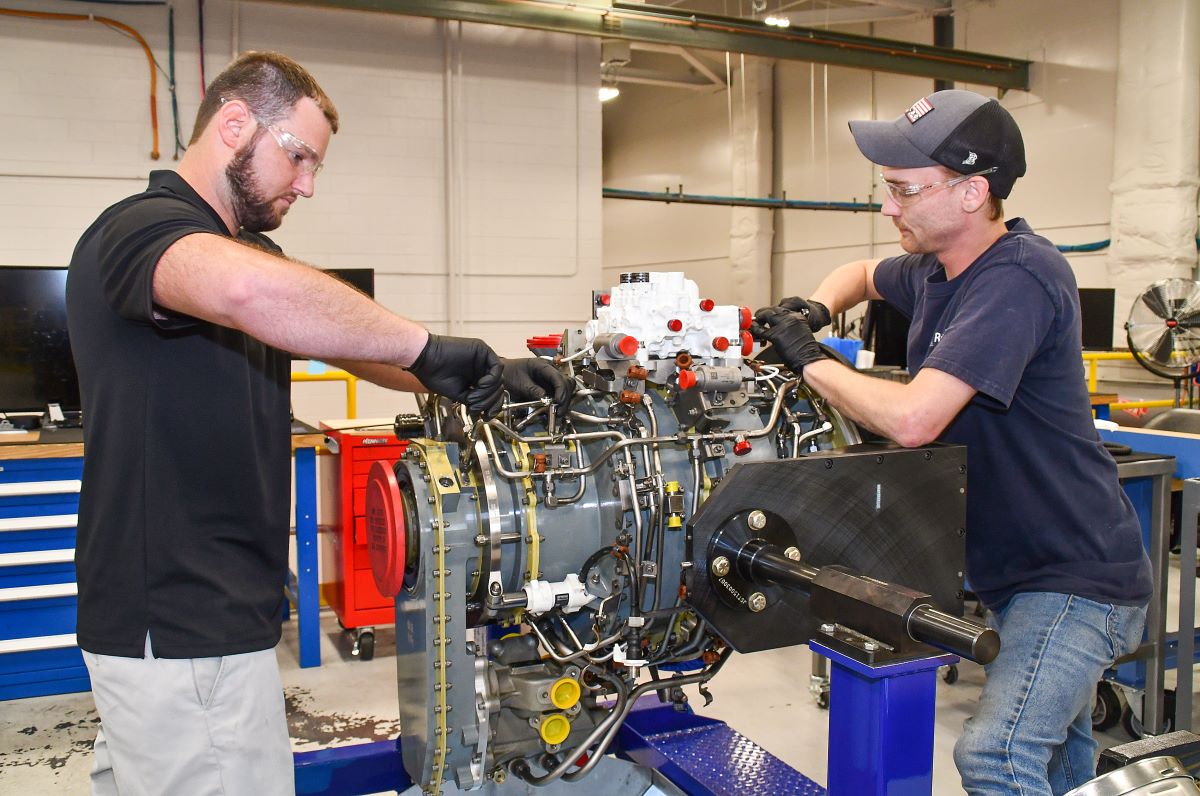The F-35 aircraft are fifth generation, multi service, multi mission, supersonic, stealthy fighter aircraft. There are three service specific variants and many configurations. The variants include Air Force, Navy (aircraft carrier capable), and Marine Corps (short take off and vertical landing (STOVL)). The life cycle management of the F-35 falls under the F-35 Lightning II Joint Program Office whose mission is “to deliver a capable, available, and affordable air system to the warfighter – outpacing key competitors to win tomorrow’s high-end fight as we develop, deliver, and sustain war-winning fifth-generation capabilities at high-end fourth-generation costs.”

F-35 Program Logistics Problem
Although the aircraft first flew in 2006, according to a 2022 Breaking Defense article, it has yet to reach Milestone C, authorizing full rate production. Poor logistics support has dogged the program since its inception. The Autonomic Logistics Information System (ALIS) has been highlighted as a cause. Anecdotal evidence is rife with negative stories from the field. The Government Accountability Office (GAO) reported that ALIS “…has faced long-standing challenges, including technical complexity, poor usability, and inaccurate or missing data.”
In addition, ALIS is not interoperable with existing maintenance management systems. This creates the requirement to reenter data manually multiple times. Each time data must be manually entered, the risk of error increases. The JPO is seeking ways to overcome this logistics problem.
The JEDI-X Solution
NEXUS Life Cycle Management (NEXUS) has partnered with Black & Rossi, LLC to explore the use of the Joint Enterprise Data Interoperability (JEDI-X) application to enable interoperability between F-35 maintenance and DOD organic depot level maintenance programs under a larger Commercial Technologies for Maintenance Activities (CTMA) contract, Leveraging Data Analytics.
One of the goals of the most recent work on this project was to produce a limited technical demonstrator (LTD) of the JEDI-X data interoperability platform to show the ability to securely share logistics data in a usable form to decision makers at all levels. This project laid the groundwork for that goal. We developed Business Process Models (BPMs) to guide future progress at Fleet Readiness Center Southeast (FRCSE) and Fleet Readiness Center East (FRCE), two of the Navy’s Fleet Readiness Centers (FRCs) that conduct maintenance, repair, and overhaul of aircraft, engines, components, and support equipment.
Specifically, the BPMs showed how data from a variety of sources could be aggregated and presented to a program manager (PM) to automatically generate their daily production report (DPR). The PMs, specifically at FRCSE, had a data aggregation problem similar to that which plagues the entire F-35 enterprise. This is due to what has been termed “swivel chair” data integration where PMs enter the same data across multiple systems.
Elimination of Swivel Chair Operations
Utilizing the JEDI-X system, this project largely eliminated these swivel-chair operations for the PMs in their DPR. According to sources within FRCSE, the JEDI-X solution, delivered in an all-inclusive presentation format that introduced superior peer-to-peer and subordinate information chains, took what was a 30-minute process and made it the work of seconds. Extrapolated across all the PMs at FRCSE, this JEDI-X solution was a 99% time saver, resulting in increased efficiency and productivity.
The technology developed in this project showed the viability of the shared data concept and the value to be obtained by sharing logistics information throughout the enterprise. This powerful capability will have wide ranging repercussions in the maintenance and sustainment community. Future and continued work with the F-35 JPO will continue to evolve these capabilities within the program and across the enterprise.